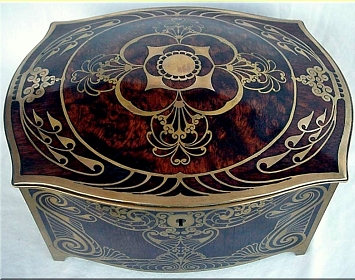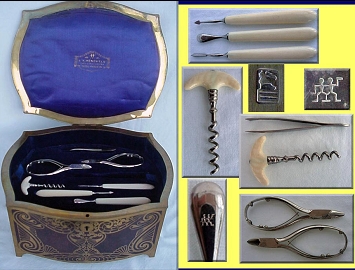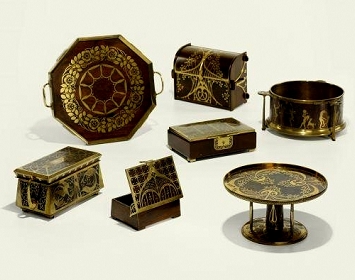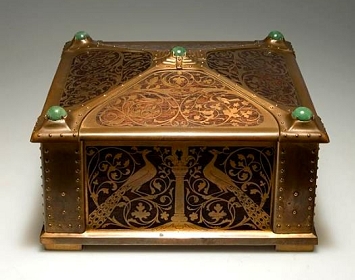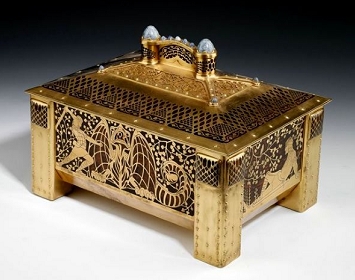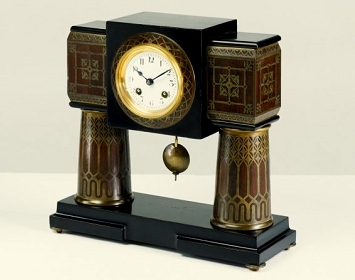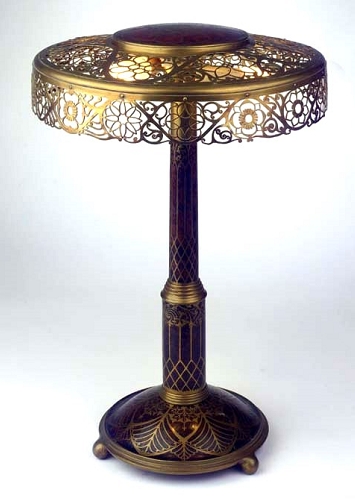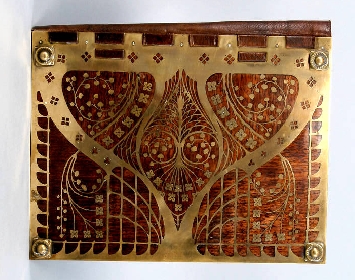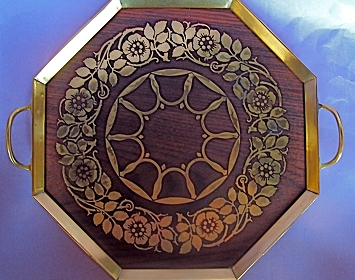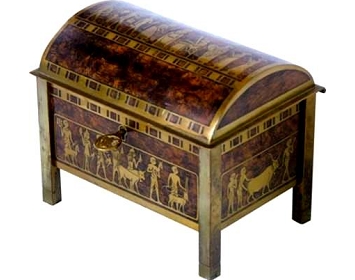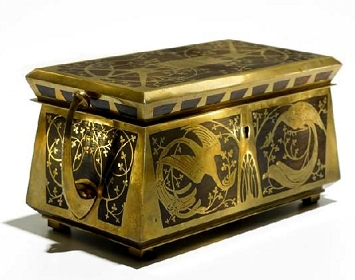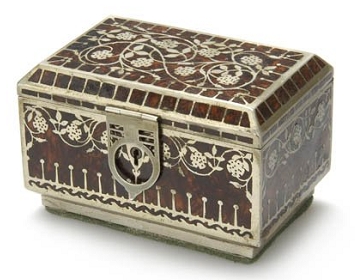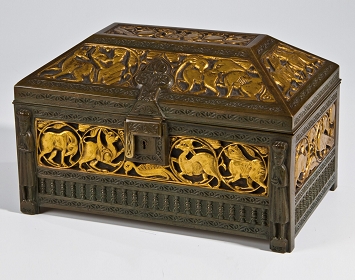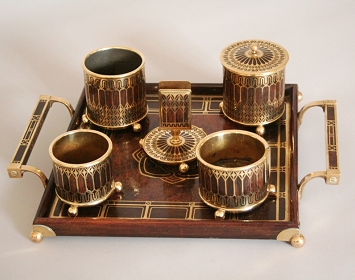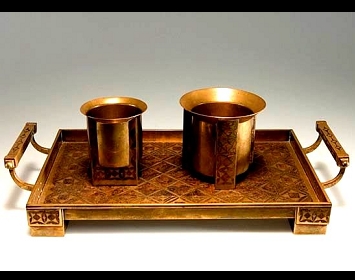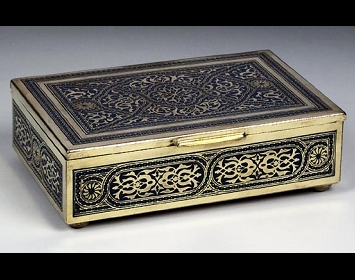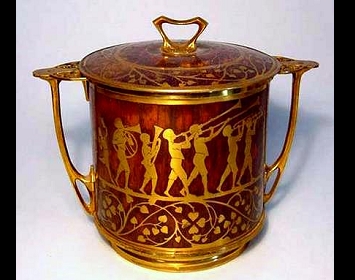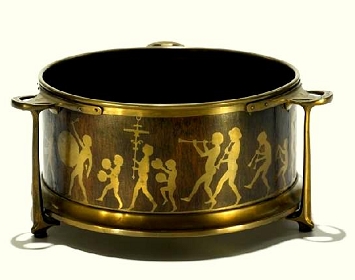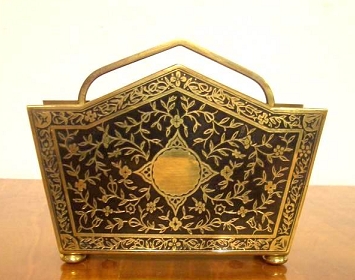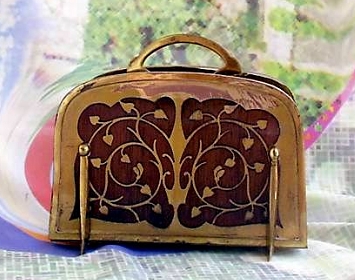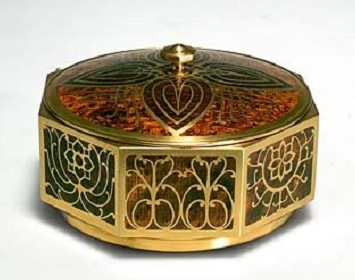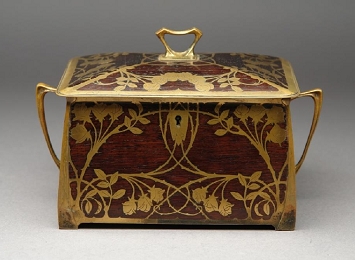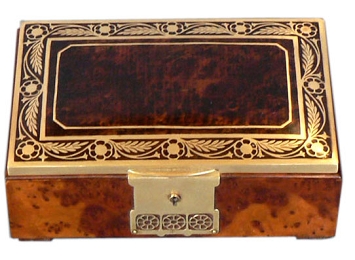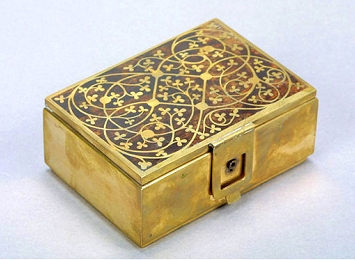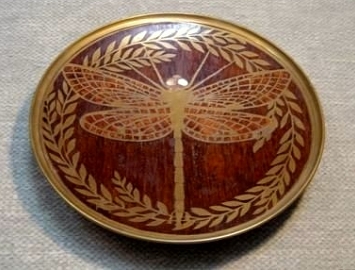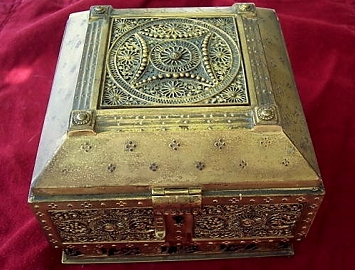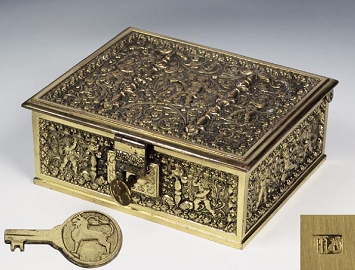Erhard & Söhne - Company Profile
History
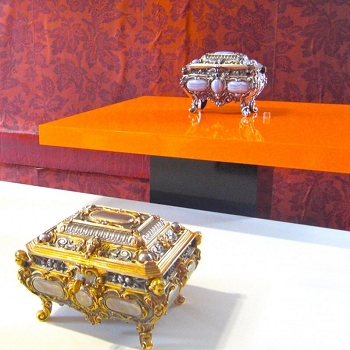 The company Erhard & sons was established by Carl Gottlieb Erhard and his two sons in Schwäbisch Gmünd in 1844. Carl Gottlieb Erhard, the priest-son from Großheppach, setteled in Schwäbisch Gmünd when he marriged Debler-Tochter. He became a partner of the company Teilhaber der Firma Gerber & Co, and acquired it with a settlement of 100.000 guilders in 1843. He established the company Erhard & Söhne with help of the sons Carl and Julius in 1844, which is today the oldest producing factory in the city continued in sixth generations as the single family business.
The company Erhard & sons was established by Carl Gottlieb Erhard and his two sons in Schwäbisch Gmünd in 1844. Carl Gottlieb Erhard, the priest-son from Großheppach, setteled in Schwäbisch Gmünd when he marriged Debler-Tochter. He became a partner of the company Teilhaber der Firma Gerber & Co, and acquired it with a settlement of 100.000 guilders in 1843. He established the company Erhard & Söhne with help of the sons Carl and Julius in 1844, which is today the oldest producing factory in the city continued in sixth generations as the single family business.
Carl Gottlieb Erhard procured to fill the market gap that the fire gilt hardwares were bought abroad at very expensive price. So he gathered highly trained experts for his business around a market, also his sons got the best education as Ziseleur and engraver. Julius was the creative one, Carl the commercial leader, on this occasion.
Their business wrote the history of the city henceforth. They especially specialized on fashionable accessoires (Galanteriewaren) of all the type out of brass and bronze, sometimes silver-plates or gilds. Highest skill was applied in their miniature-works, especially Doll-room-furnitures were sought-after items for the collectors, which inclue bookbinders, glove, buttons, buckles, etc.
At the beginning their main markets were England, America and the German states which ware not unified yet. In 1864 the factory was enlarged. The company tried new inventions again and again and was called "Testing factory". Soon the company had 3000 employees that it build another factory-building in 1900.
Besides the specialization at the processing of bronze, brass, copper and tin, also articles of noble-metal were manufactured. With the world-patent for the manufacture of brass-inlay (1904), the production of doll-room-accessories and furnitures out of gilt brass, that the big export-hit was between 1900 and 1910 into the USA, the business finally won world-format, and the invention of the Schleuderaschers (spin-ashtray), Roulette type ash tray (1938). The company was granted the patent for the thermo-mug in 1956. The extensive product spectrum of the business included extravaganzas - churches-use, luxury-goods, cult-appliances, jewelry and game-merchandise as well as electrotype-plastic copies of historic culture-objects.
This company is very known in the collector-scene as much sought after items for the antique doll-rooms since the company produced the highest quality Ormolu doll-room-accessories and furnitures until mid-1920s. Golden years of the company were the first years of the 20th century. When it was put on the mechanical engineering more and more and with the game-merchandise-production, it went downhill.
Since 1945, the company Erhard & sons was in particular decisive at the development and production the world-wide in use of brought Unimog (Universal-Motor-Gerät) involves. After the World War II it is an important factory of tanks under the name Erhard Automotive for usefulness-vehicles.
Today, the company is all over Europe from motor vehicle-sharing on topmost technical level one of the leading manufacturers. The transition of the manual Einzelanfertigung of historistischem art-trade to the mass-production of later industry-design joins with it with the history of the business at the same time.
Logo - Erhard Lion
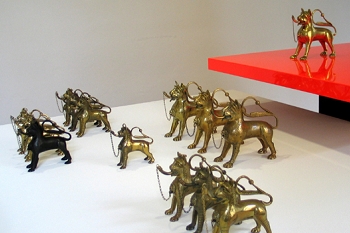 A successful example for the contact with historic models in the 19th century is the formation of the company-logo, an Aquamanile in form of a lion, that, even if in modern, minimalist design, until the business marks today.
A successful example for the contact with historic models in the 19th century is the formation of the company-logo, an Aquamanile in form of a lion, that, even if in modern, minimalist design, until the business marks today.
Not only the idea of the pre-picture-collection but also the transition in the modern time is mirrored in it. As the company advanced to the sought-after bestseller plastic cigar-lamp of brass until in the 1960er years.
Designers
In the course of its 165 year old story, the business employed a multiplicity of more prominently free and salaried designers for the formation of the products. Some of them were teachers and students of the trade school at beginning of the 20th century, among them Alfons Feuerle, Albert Holl, Albert Holb, Karl Schmidt, Emma Schempp, Johann Rettenmaier, August egg-salvors, Richard Pleuer and Anton Kuttler. There were protruding designs in the times of the historicism by 1880/1900, the Art nouveau by 1904/1914 in which 1920s and 30s years as well as in the years 1960/1970. In the retrospective view, they accentuate the development from the handicraft to the design.
Exhibition
In 2009, from June 30 to October 18, the Gmünder museum in Schwäbisch Gmünd held the special exhibition show the full product spectrum of Erhard & Sohne from 1850 to today for the first time. The exhibits give a representative overview over the main focuses of the products. At the same time, they show the development and the change from the handicraft to the industry-design.
The presentation is based on a donation through Dr.. Heinz Erhard, the original-great-grandson of the company-originator and his wife at the Gmünder museum. Selected private loans and extensive continuances of the museum: Cassettes, table-appliance, Schleuderascher (spin-ashtray) and Isolierkannen (Thermos bottle) as well as examples of the famous lion-signet of the company. The show is completed by a historic Unimog (Universal-Motor-Gerät) and a modern fuel-receptacle from the current production.
His company, that his sons Carl and Julius developed to a business of national validity, established innovative inventions and world-patents Carl Gottlob Erhard 1844.
The history of the company has a close relationship with the historical development of the Gmünder museum, that has its roots in the 1876 from Gmünder manufacturers established art-trade-museum,. Decisively and the private interest of Julius Erhard of art and culture, that was reflected in an art-collection, that he gave the museum in 1890, was groundbreaking. With sculptures, painting, silver-appliance and jewelry from regional and international surroundings, this represents an important objects of the museum collection - continuance until today. Julius Erhard was incorporator of the former art-trade-museum in addition. Continuously, it bought craft world-wide. The Julius Erhardsche collection" existing from his donations was positioned with together the remaining continuance of the museum as pre-picture-collection and was integrated into the collections of the museum.
Erhard & Söhne - Works of Art
Erhard & Sohne had the world-patent for the manufacture of brass-inlay in 1904. Since then they designed and manufuctured high-quality brass-inlay boxes and items which represented very unique and noble German Art-Nouveau style at its peak.
Some important works by Erhard & Sohne were illustrated in "MODERN ART OF METALWORK. Bröhan-Museum State Museum of Art Nouveau, Art Deco and Functionalism (1889-1939), Berlin" published by Bröhan-Musuem in 2001. The Bröhan-Musuem is one of the most prominent museums specialised in Art Nouveau, Art Déco and the Berlin Secession.
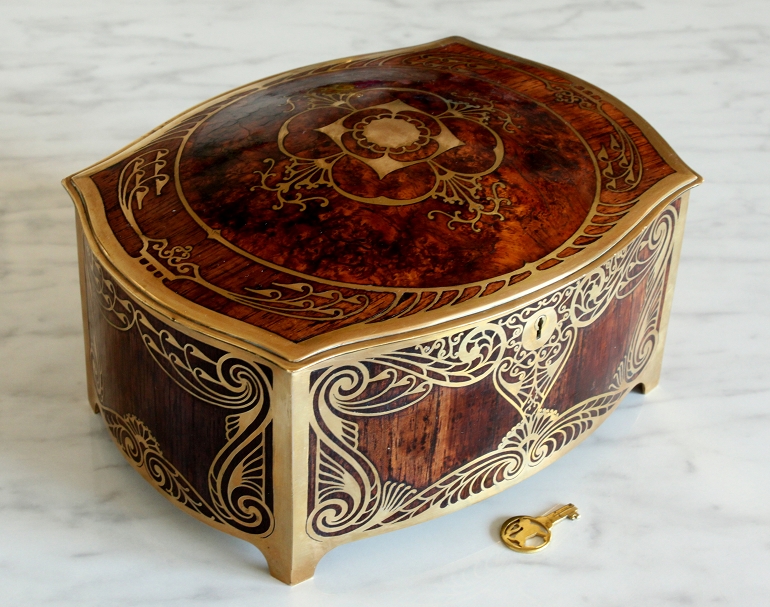 Juwerellry box, circa 1910. W 23cm, D 18cm, H 11 cm. from my gallery.
Juwerellry box, circa 1910. W 23cm, D 18cm, H 11 cm. from my gallery.
|
| ||||||
 Top
Top Site Map
Site Map References
References About Me
About Me